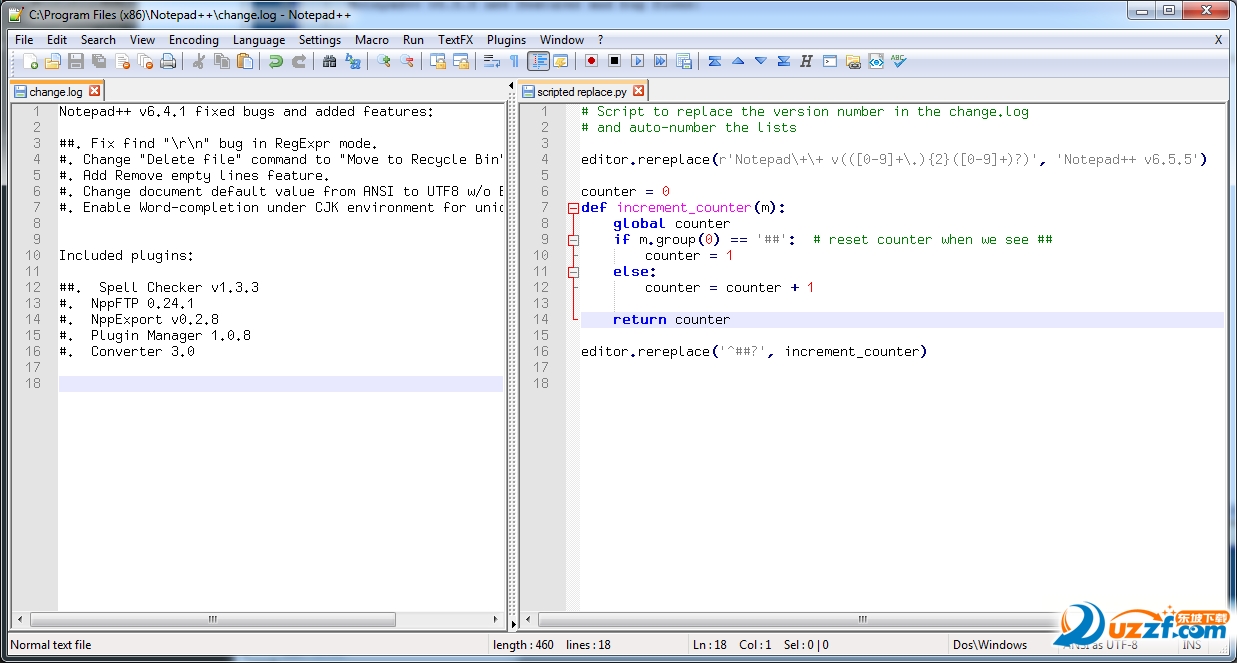

Use the plus and minus tree icons to expand and collapse each category. The method browser displays a categorized view of all RhinoPythonScript methods. You can also add existing files quickly by dragging them onto the file tab. The RhinoPythonScript Editor is multiple-document capable and you can switch between documents by clicking on the appropriate tab. Intellisense displays a tooltip showing us the required arguments and which one we are currently setting.Ībove the code editor you will find the document tab. Once the method name is in place, we have to supply the arguments. Once the desired method is highlighted in the pop up list, press and the complete method name will be inserted into the script. The list updates when you keep typing to reflect the best possible match with your current text. Thus, Intellisense in the RhinoPythonScript Editor is limited to RhinoPythonScriptSyntax methods and script scope procedures.Īny line that follows the auto-completion list pops up as soon as rs. Since Python is not a strongly typed language. It performs automatic syntax parsing meaning you get properly colored keywords, collapsible code groups which encapsulate def function blocks, automatic indenting, auto-completion and error highlighting.Īuto-completion and parameter tips are grouped under the catch-phrase Intellisense. As you can see, the editor is much more than a simple text editor. The most important item on the RhinoPythonScript Editor is the code editor. It contains standard source code editing feature, such as find and replace (with regular expressions), multiple-document interface, method browser, and an integrated help file. The RhinoPythonScript Editor can be used to edit, run, and debug scripts. Note, there is no scriptable version of the EditPythonScript command. The EditPythonScript command can be accessed from either Rhino’s Tools menu, or by entering EditPythonScript on Rhino’s command line.

You can also create and edit script file from within Rhino by using the EditPythonScript command. When saving your script file, make sure to give the file the default file extension for Python files, which is.

(Last updated: Wednesday, December 12, 2018)Īny simple plain-text editor, such as Notepad, Atom or Notepad++ can be used to create and/or edit script files.


 0 kommentar(er)
0 kommentar(er)
